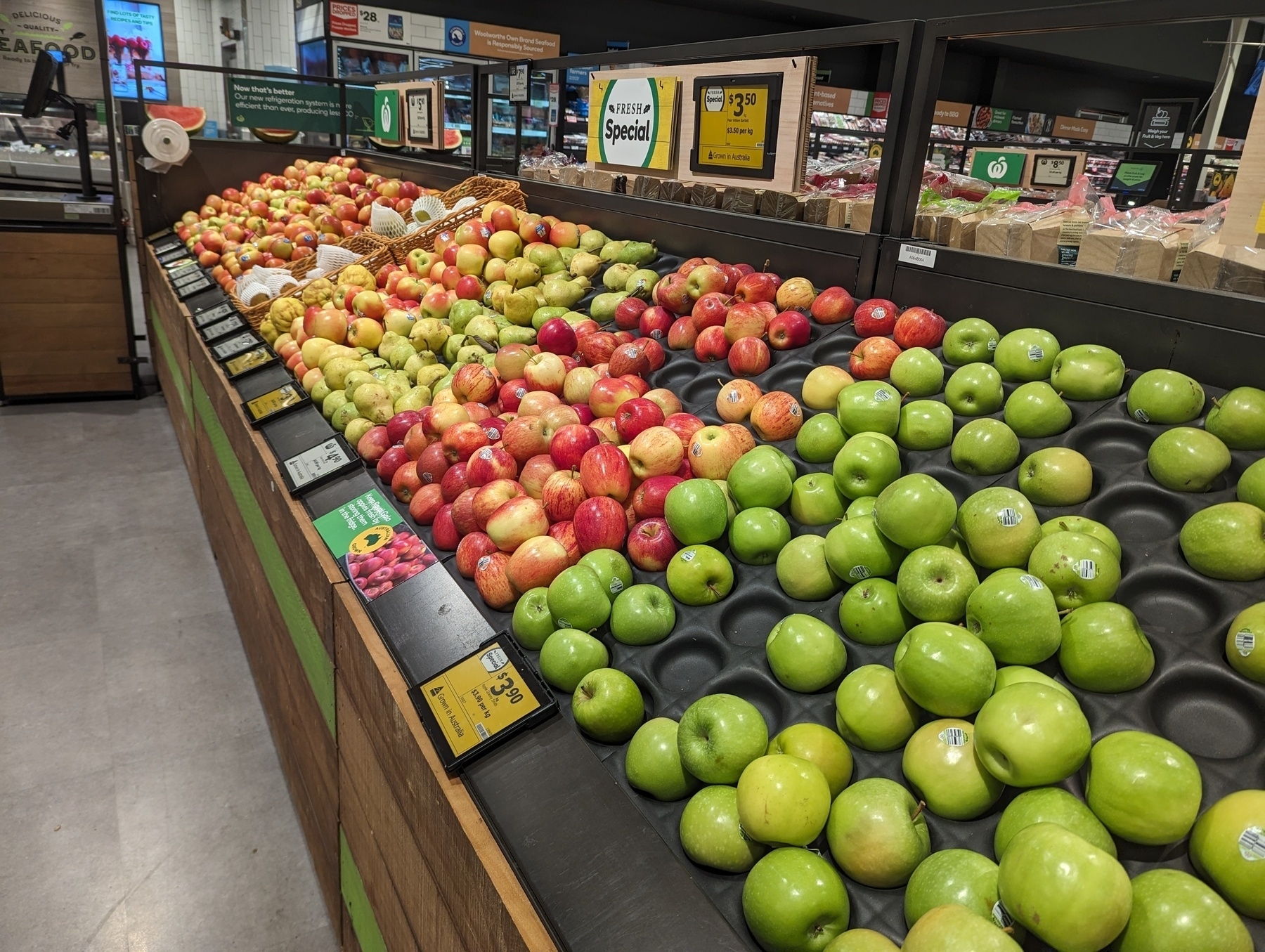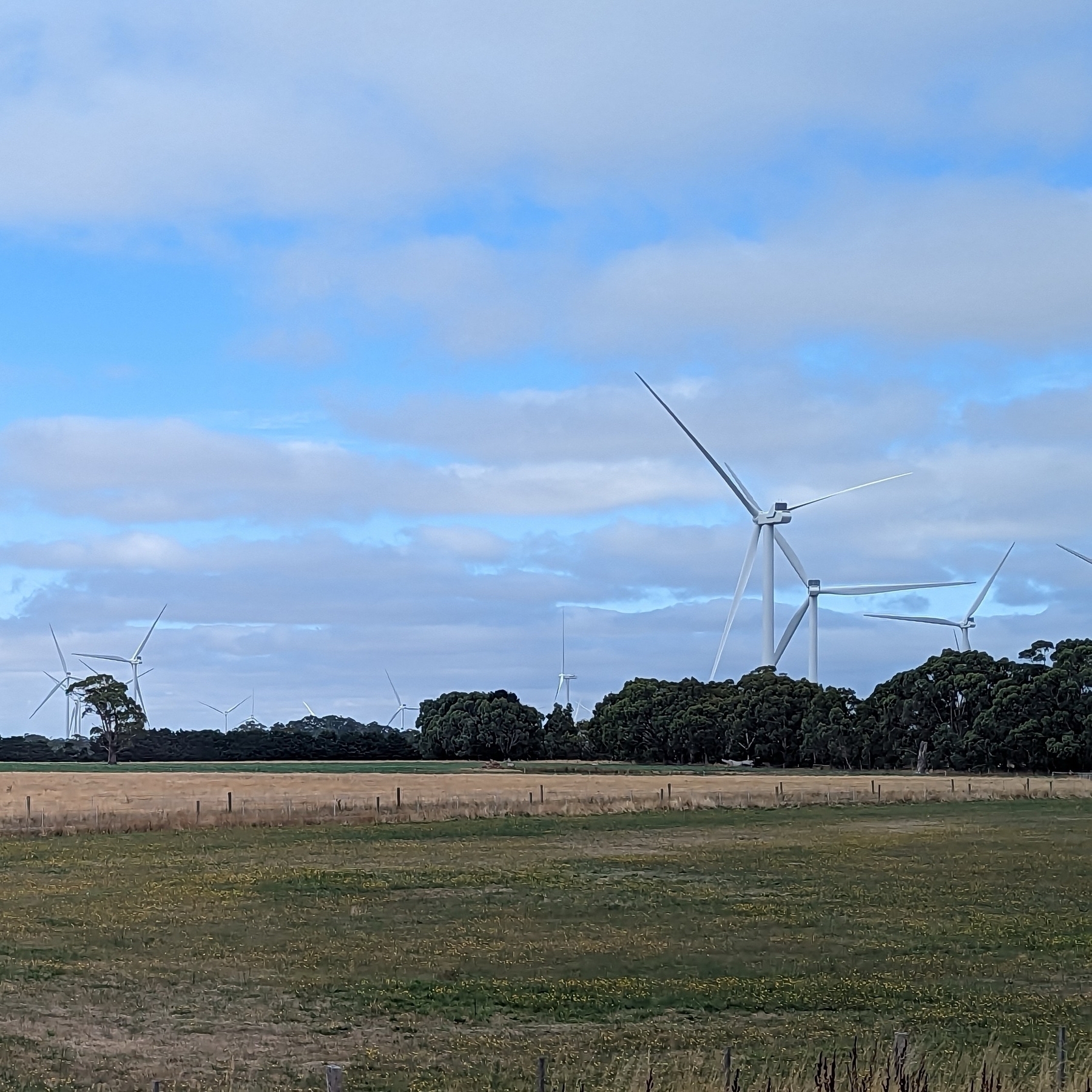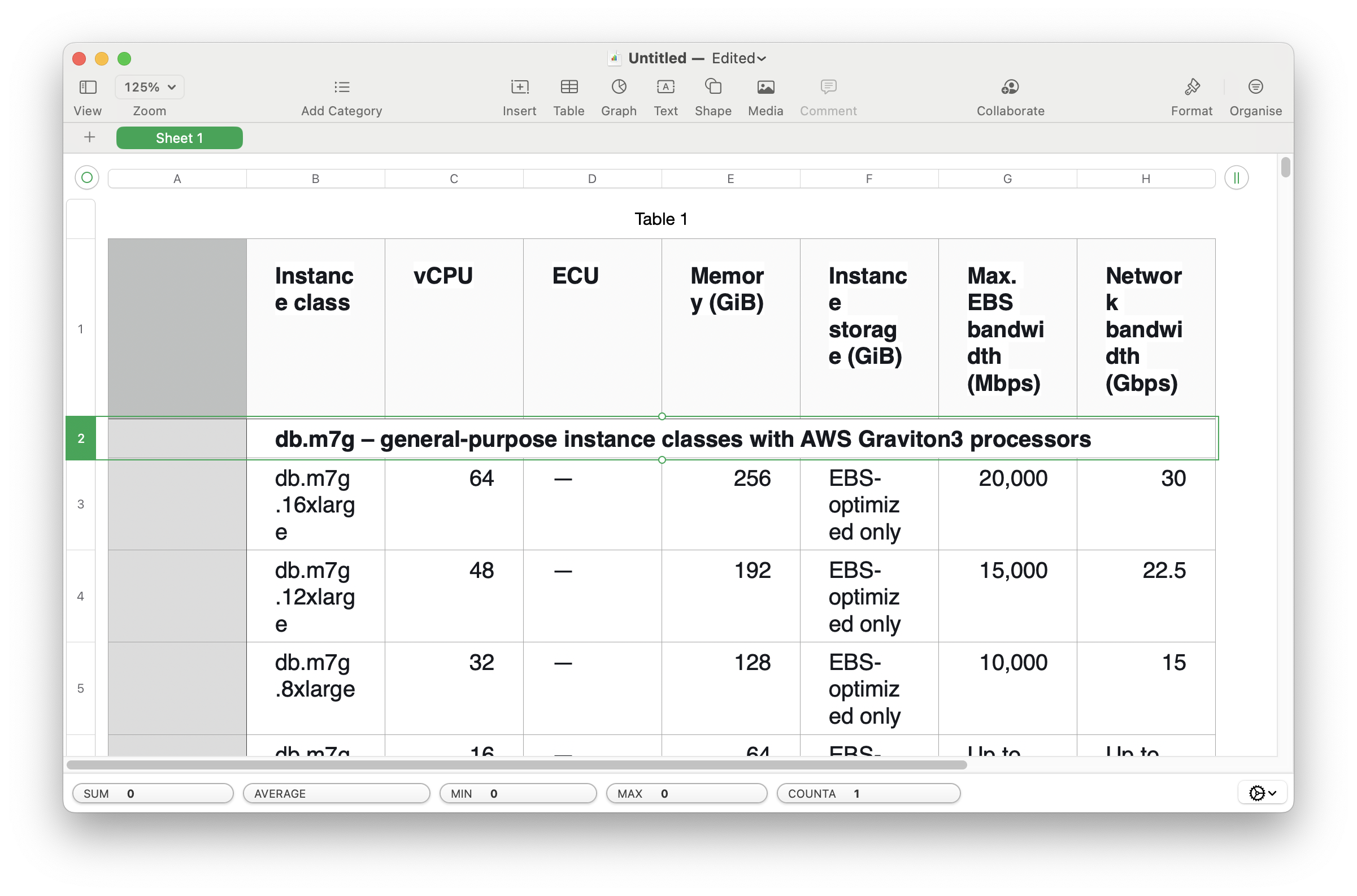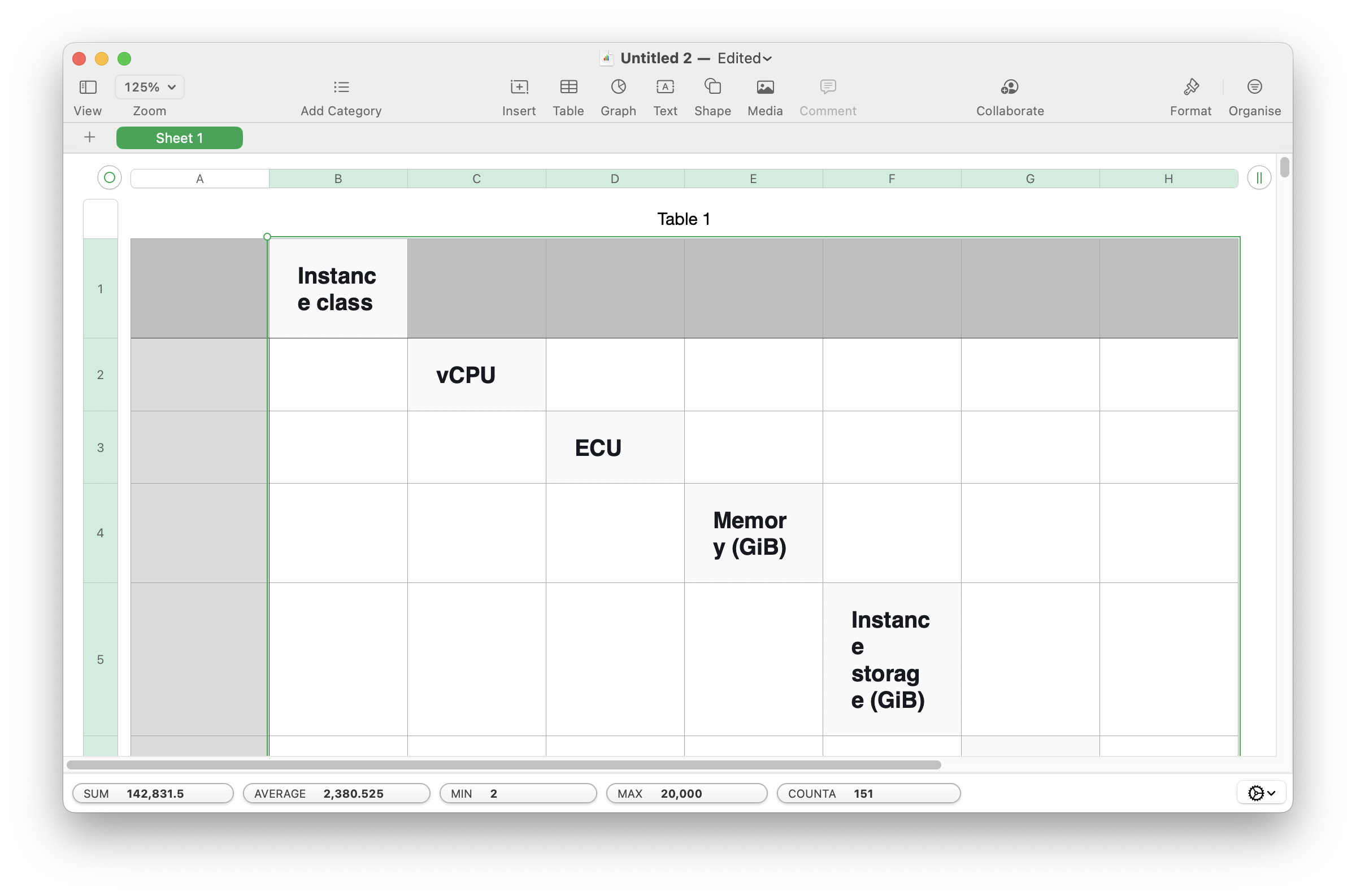-
Moan-routine: Stripe Prices
I love coding and anything computers. I’ve spent, and continue to spend, a significant amount of my life writing code. And on the whole, it’s been a magical experience. But not always. Sometimes I encounter something that makes me wonder why? Why was that designed that way? Why doesn’t it work? Why couldn’t this be easier? You encounter something that blocks you or puzzles you, maybe even questions how anything in computers can work at all. Continue reading →
-
Tool Command Language
I have this idea for a tool command language. Something similar to TCL, in that it’s chiefly designed to be used as an embedded scripting language and chiefly in an interactive context. It’s been an idea I’ve been having in my mind for a while, but I’ve got the perfect use case for it. I’ve got a tool at work I use to do occasional admin tasks. At the moment it’s implemented as a CLI tool, and it works. Continue reading →
-
Buffalo, the Go framework that’s a bit like Rails, has been archived on GitHub. I’m wondering if it’s been retired. I’ve seen no announcement but I’m starting to suspect that it has.
A real shame. It was pretty good and the dev was so passionate behind it. Maybe running it was just too much.
-
Anyone looking for a really polished YouTube channel about the history of PCs and game consoles from the 70s to the early 2000s (think Apple, Commodore, MOS, Nintendo, etc.), I can recommend LowSpecGamer. They’re also on Nebula. In fact, their videos is why I signed up there yesterday. 📺
-
Day 11: sky
It’s up there, somewhere. #mbapr

-
Walked a different way to work today. The detour was only a couple of blocks but it was actually quite stimulating seeing an area of the the city I hardly know. Refreshing.
-
Day 10: train #mbapr

-
Go to prod early because you never know what surprises you’ll encounter when you deploy (cough Cloud Formation cough).
-
Had a crummy afternoon at work today. Had to make some fixes that were quite urgent, and forgot to verify something. Good new is that when I verified it this evening, it worked as expected: no nasty surprises or bugs. So relieved! 😌
Everything’s coming up Leon. 🙌
-
Getting in line for the café to open.

Actually, this pigeon is more patient than I am. I decided to go somewhere else.
-
Day 9: crispy
I guess you could describe these autumn leaves as crispy. Well, maybe a couple of weeks ago you could. With all the recent rain we’ve had, I guess they’ve gone soggy now. #mbapr

-
Dealing with money is annoying. Dealing with money using Go’s
big.Rattype? Really annoying.😮💨 -
Six Appeal #9
⬜⬜⬜🟨🟨⬜ ✔️
🟨🟨🟨🟨🟨🟨 ✔️
🟨🟨🟩🟨🟨🟨 🚫
🟨🟨🟩🟨🟨🟨 🚫
🟨🟨🟩🟨🟨🟨 🚫
🟩🟩🟩🟩🟩🟩 ⭐3 minutes, 16 seconds - total score: 704
Apparently the correct answers are real words.
-
Day 8: prevention
An ounce of this? Well, not quite. I can’t prevent myself getting sick abroad, but I try to take a few things to save myself needing to go to the chemist. This idea came from my previous job, which took quite a lot of effort preventing people getting sick while travelling. #mbapr

-
Small Calculator Commands
This page documents the extra commands from Small Calculator. These were taken from source code, pretty much as is, but styled to suite the web, and any spelling mistakes fixed. These were retrievable from the application itself by typing “help” follow by the command. Available Commands The list of available commands are as follows BLOCK <statements> Executes a block of statements HELP [topic] Display help on topic DEFFNC <function> Defines a new function ECHO <text> Displays text on the line ECHOEXPR <cmd> Executes a command and displays the result EXEC <file> Executes a file of commands FUNCTIONS Displays all predefined functions IF <pred> Does a command on condition RETURN <val> Sets the return value RETURNEXPR <cmd> Sets the return value to the result of <cmd> Type "HELP <command>" to see infomation on a command BLOCK BLOCK {<cmd1>} {<cmd2>} . Continue reading →
-
Small Calculator
Date: Unknown, but probably around 2005 Status: Retired Give me Delphi 7, a terminal control, and an expression parser, and of course I’m going to build a silly little REPL program. I can’t really remember why I though this was worth spending time on, but I was always interested in little languages (still am), and I guess I though having a desk calculator that used one was worth having. I was using a parser library I found on Torry’s Delphi Pages (the best site at the time to get free controls for Delphi) for something else, and after getting a control which simulated a terminal, I wrote a very simple REPL loop which used the two. Continue reading →
-
Day 7: well-being
“An apple a day,” and all that. Kinda wish I liked apples more than I do (I don’t really like them that much). #mbapr

-
🔗 Crying Myself to Sleep on the Biggest Cruise Ship Ever
A really great read.
I’ve never been on a cruise. This, plus the many jokes I’ve heard from comedians that have worked cruises, is probably the closest experience I’ll ever get to cruising. After reading it, it’s definitely not for me.
-
Oof, glad I bought an unbrella. Even if it’s a $10 piece of junk with half the stretchers broken. At least half of me will be dry after the walk home. ☔️
-
🎥 I’ve released a video tutorial on how to use and configure the Sidebar For Tiny Theme. This walks through the process of creating and using a custom Micro.blog theme to configure the sidebar with custom HTML. Hope others find it useful.
-
It strikes me as odd seeing articles from those that continue to mourn the loss of Twitter and complain about it’s owner, only to go on and continue to use Twitter.
Of course, I’m the one that continues to read these articles. So who’s really the odd person here? 😏
-
Day 6: windy
Sails of modernity. #mbapr

-
Day 5: serene
The Remarkables, Queenstown, NZ. Taken March 2013. #mbapr

-
Vivaldi can learn a thing or two from Safari about being able to copy and paste a HTML table into a spreadsheet. Safari does quite well here:

Vivaldi, not so much:

-
Self-Driving Bicycle for The Mind
While listening to the Stratchery interview with Hugo Berra, a thought occurred to me. Berra mentioned that Xaomi was building an EV. Not a self-driving one, mind you: this one has a steering wheel and peddles. He made the comment that were Apple to actually go through with releasing a car, it would look a lot like what Xaomi has built. I haven’t seen either car project myself so I’ll take his word for it. Continue reading →